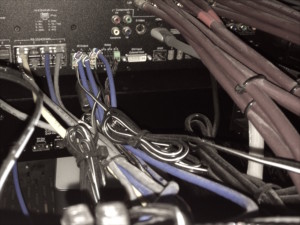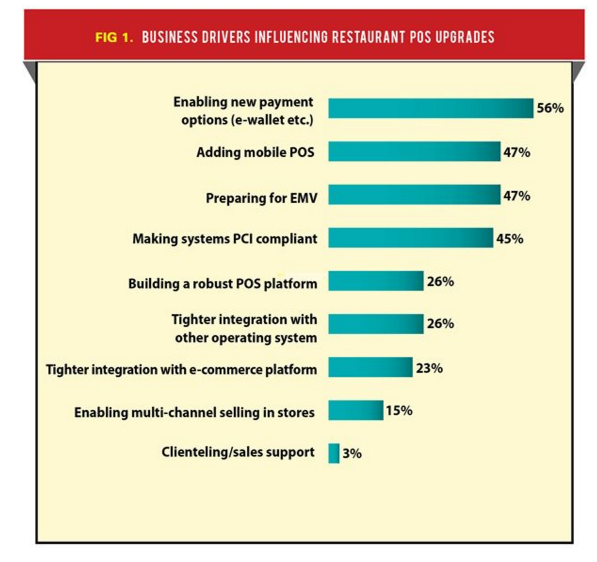 As restaurateurs consider integrating or updating their traditional point of sale (POS) systems with software as a service (SaaS) or cloud-based solutions, keeping track of all of the programs that keep the restaurant functioning becomes a job all its own.
As restaurateurs consider integrating or updating their traditional point of sale (POS) systems with software as a service (SaaS) or cloud-based solutions, keeping track of all of the programs that keep the restaurant functioning becomes a job all its own.
Managing multiple sources, services and vendors – what we call “technology sprawl” – can become a burden and reduce efficiency within your operation.
So what is the best method for managing technology sprawl? Should restaurants stick with their traditional POS and add features and functions as needed, or make the switch to an all-in-one provider?
What is Technology Sprawl?
 Technology sprawl occurs when information is separated by a variety of applications that don’t always communicate well with each other. Since POS systems have traditionally been chosen by just one main factor – whatever system meets the restaurant’s defined needs, at the best possible price – adding on peripheral systems seemed to make the most sense.
Technology sprawl occurs when information is separated by a variety of applications that don’t always communicate well with each other. Since POS systems have traditionally been chosen by just one main factor – whatever system meets the restaurant’s defined needs, at the best possible price – adding on peripheral systems seemed to make the most sense.
The capabilities of POS systems have grown, however, to include real-time inventory levels, labor and sales data, and modern advances like mobile ordering platforms and loyalty rewards programs.
Adding a new and different component to existing POS systems to manage each of these functions can create a messy and complex ordeal. Newer POS systems are designed as solutions, not just products, and often include support and maintenance programs to assist with ease of use.
All-in-one POS systems are designed to provide everything merchants need in a POS in a comprehensive but intuitive configuration. Software- or cloud-based systems can be upgraded with additional functionality as your restaurant’s needs evolve without sourcing from a different vendor.
Depending upon how well their capabilities match up with your needs, all-in-one POS systems may require a more substantial initial investment than POS systems with components sourced from multiple vendors. This can be especially troubling for existing restaurants that have relied on the same traditional POS system for years.
The benefits of all-in-one systems are starting to outweigh the upfront costs, however. For example, the lifetime costs for these systems are often lower than traditional POS systems built with disparate components. Sourcing your POS from one vendor typically reduces maintenance needs, as well as costs, to say nothing of the headaches that come from figuring out who to call when one particular piece of your system goes down. Since they are designed to work together, all-in-one systems can also have a longer lifespan than traditional systems with add-ons.
Purchasers Seeking Flexibility, Upgrades
POS purchasers appear to be increasingly willing to invest in a new system. According to Hospitality Technology’s 2015 POS Software Trend Report, more than half of the restaurant executives surveyed said that they plan to test a new POS for implementation next year (38%) or install a new POS system altogether (19%):

Even more notably, the survey respondents overwhelmingly said that they were looking for a POS upgrade to keep up with new technology like mobile payments, EMV, and mobile POS:

In short, according to this report, restaurants are looking for more flexibility in the way they take orders and process payments. Gaining this flexibility while simultaneously reducing system sprawl is becoming too good of a deal to pass up for many restaurant executives.
Managing Technology Sprawl | Restaurant Technology Guys
How are you managing technology sprawl in your restaurant? Tell us in the comments below.
